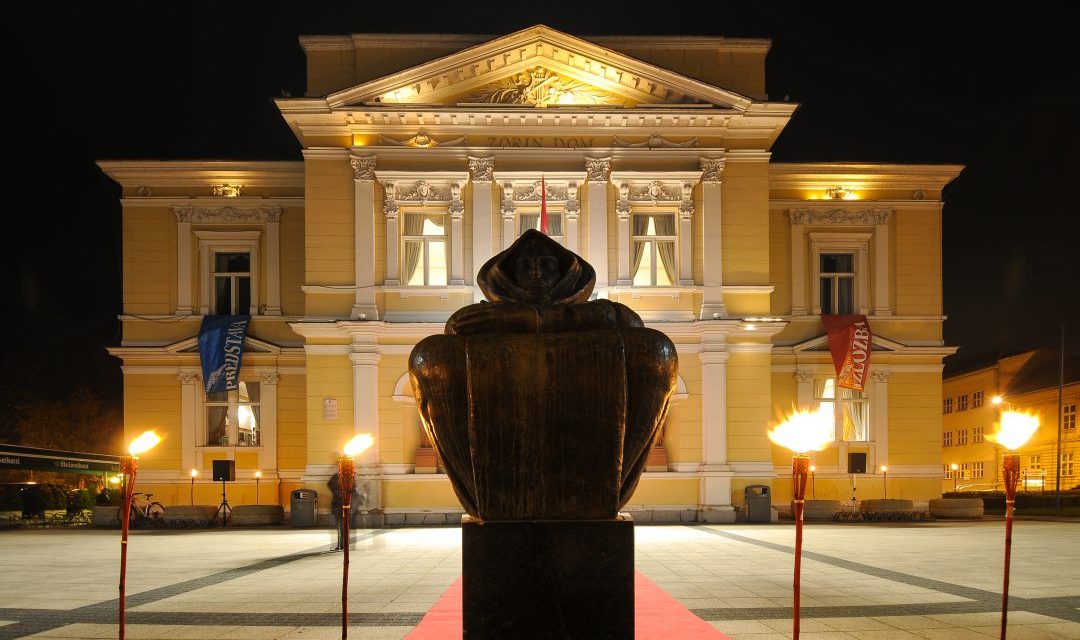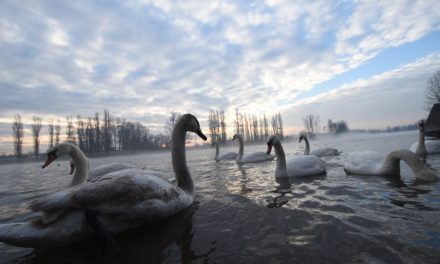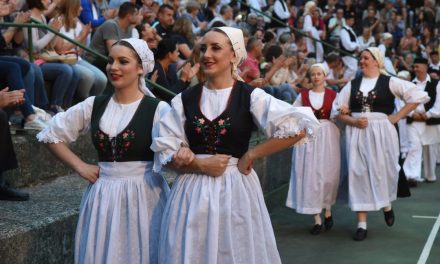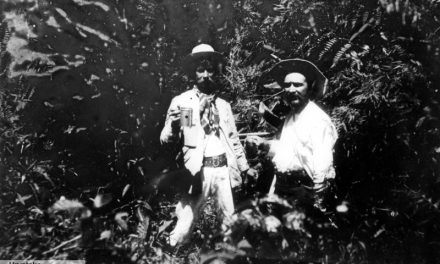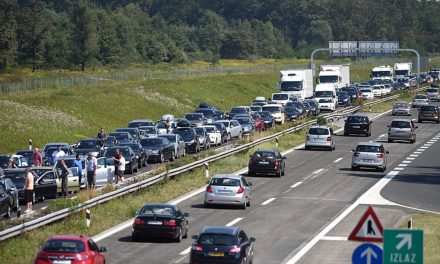The cradle of Croatian printing
In 1474, Bishop Nicholas Modruški was the first Croat who published a book (“A Speech for Peter Rijarija” in Latin). In possibly the first Croatian printing office (1482-1484), in Modruš the first book in the Croatian language and the Glagolitic alphabet, “The Missal according to the Law of Roman Court” (28 years after Gutenberg’s “Bible”) was printed in 1483.
Smaller windows – lower taxes
All classicist and Biedermeier facades along the south side of Petar Zrinski Street in Karlovac have 9 windows. The wooden houses from the 18th century on the then Wheat square, where the suburban fortress evolved, were replaced centuries later replaced by the palaces of the Karlovac traders. If they built a larger building, or added another window, they had to paying higher taxes.
An exemplary grammar high school
The Karlovac grammar high school is a successor of the Piarist school dating 1766. In the latter half of the 19th century, the Modern Gymnasium was at the forefront in Croatia. It had excellent teachers, the most graduates, a weather station, an astronomical observatory, excellent scientific cabinets, a rich library, a botanical garden. Among the famous students of this school were the inventor Nikola Tesla, Ilirian Ljudevit Gaj, writer Ivan Goran Kovačić, politician Stjepan Radić…
The oldest musical school
The Karlovac Music School is the oldest independent music school in Croatia. It was established at the request of the City Magistrate (Government) on 10th October in 1804. Work at the school was undertaken by a musician, city organist, music teacher and first professional composer Franjo Zihak. Until 1958, it was a primary and then secondary school.
A town of chess games
The Karlovac newspaper “Der Pilger” published in 1844 the first ‘chess exercises’ in Croatia. The first recorded chess game in Croatia was played in Karlovac in 1860. Nikola Tesla won the tournament in Karlovac in 1873. In Karlovac in 1909, Izidor Gross wrote and published the “Chess Alphabet”, the first book about chess in the Croatian language.
The first Croatian singing society
The first choir in Croatia (The Karlovac Choral Society, from 1868 “Zora” – the first Croatian singing society) was founded in Karlovac in 1858. Thanks to “Zora”, in 1892, the City temple of Culture opened called ‘Zorin Dom’. “Zora” ceased to operate in 1945 but was restored after 33 years as a mixed choir called “Zora,” and since 1992 again carries the name of Zora The First Croatian Signing Society.
The largest Croatian cinema
The first cinema show in Karlovac was held in October in 1896, only ten months after the first public projection by the Lumière brothers in Paris. It was presented in the Zorin Dom by the owners of the first Croatian photography-art institute in Zagreb. In Karlovac in 1920, the Edison cinema was opened, the first purpose-built and at the time the largest cinema in Croatia (490 seats).
‘Winnetou’ on the Rastoke
A German production house filed “Rialto movie” in 1962, mostly in Croatia, which was its first western “Winnetou”. The film takes place on Plitvice lakes, Paklenica, Velebit, Zrmanja, and partly in Slunj’s Rastoke. In Slunj, an Indian village and saloon were situated. Locals had the role of extras, and one of the legends of Slunj, Mile Štrk, played a witchdoctor.
“Earth Song” recorded at Turanj
One of the best music videos, ‘Earth Song’, by the king of pop music, Michael Jackson, was made on four continents, and a quarter of the video was shot in Karlovac. It was filmed during the Homeland war in 1995, on the first line of the battlefield in the ruined neighbourhood of Turanj. Through the images and words, the songs from the album “History” reflect a concern for world peace and the environment. Karlovac is the first city in Croatia, in which the Promenade Club in 2010 hosted dancing in the streets in honour of the dead singer.
The Karlovac “Hunting in Bosnia”
The feature film ” Hunting in Bosnia” about the recent war in Bosnia and Herzegovina, featuring the American actor Richard Gere in the lead role, was filmed in 2006 mostly in Zagreb, Karlovac and its surroundings areas. Karlovac and Duga Resa and Krstinja “acted” as the Bosnian town of Foča, and Kupa and Mrežnica took role of the Drina River. In Karlovac, the film was shot in the old town Zvijezda (Star) and on the Mažuranić foreshore alongside the Kupa River, and in Duga Resa along the Mrežnica River foreshore near the company Pamučna industrija (cotton industry company).

